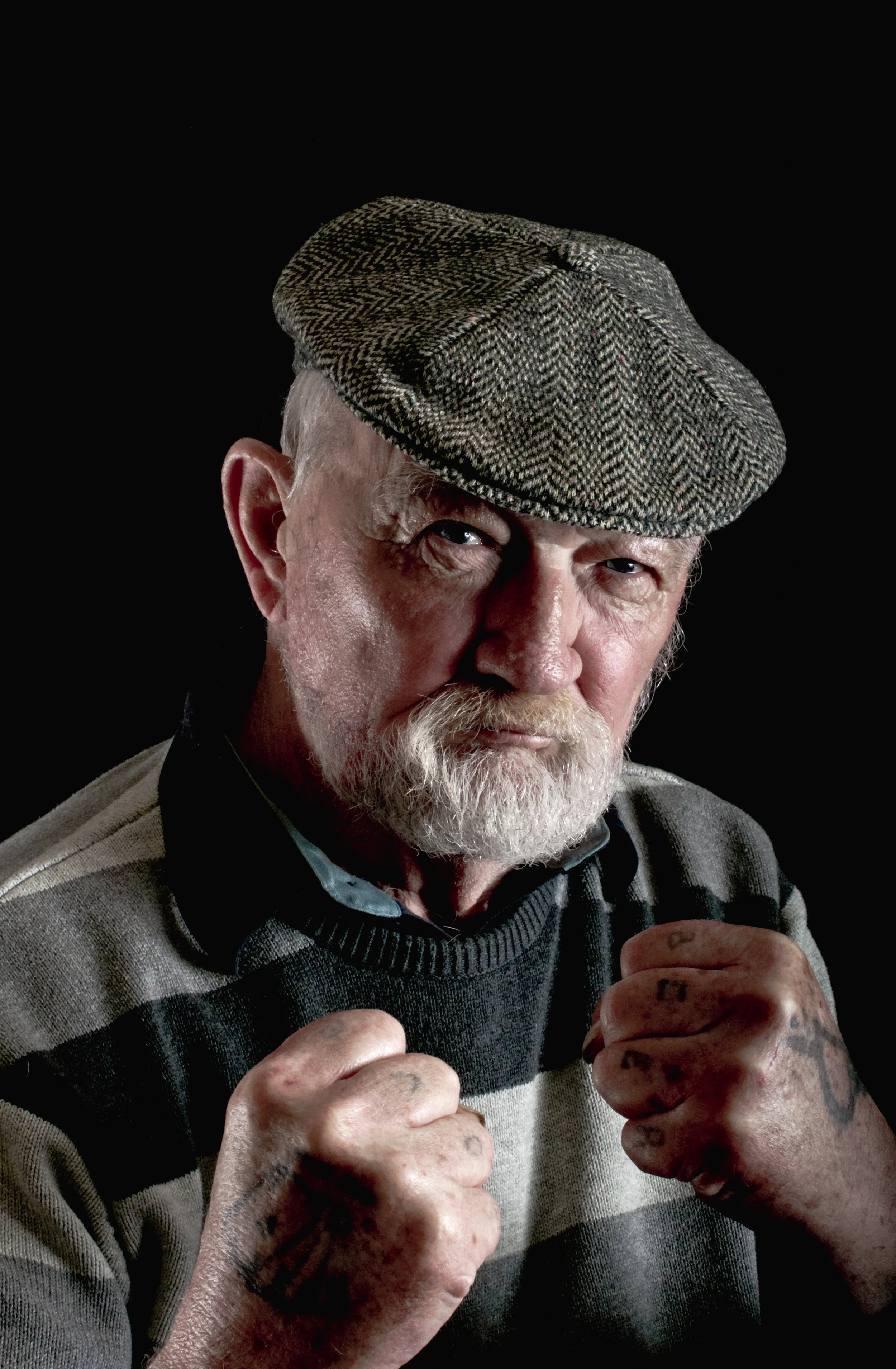In the 2016 presidential race, only 46 percent of 18- to -29-year-olds cast a ballot, compared to 71 percent of their elders ages 65 and up. While so-called Millennials represent the largest demographic age group in American history, more numerous even than the Baby Boomers were at their peak, political participation remains troublingly low among this cohort. The result: seniors had more influence than younger people, not only in choosing the president in swing states, but down-ballot everywhere. Yet Millennials are not to blame—in fact, they have good reason to believe that they cannot exercise the kind of political influence that prior generations have had the good fortune to wield. That is because the winner-take-all method states use to award presidential electors has come to disincentivize campaigning across the country.
For example, in 2016 campaigns were waged in only ten states which held the balance to determining the Electoral College winner. 2016 was not an outlier. In elections following the nationally-contested 1992 race, candidates have devoted few resources to on-the-ground campaigns in most states, knowing in advance which states would be contested at all (the so-called “purple states”)—a fact that potential voters have become just as keenly aware of. With a system that provides little incentive for candidates to seek the votes of most Americans in earnest, it is no wonder that young people, and increasingly their elders, are less likely to be present at the polls on Election Day.
In the prior era of elections in which Baby Boomers were politically active and came of age, more competitive national elections forced candidates to campaign across demographic lines, including divisions based upon voter age, because candidates needed to capture votes in the vast majority of states, not just a few. Logically, with power more evenly distributed and a wider field of states at-play, both parties found themselves obliged to cater to a wide range of political interests and demographics.
Their predecessors, commonly known as the Greatest Generation, demonstrated the unique power of voting when your vote does matter. During the same twenty years that the dynamics of presidential races changed for the worse, older voters managed to secure major wins in the policy areas most important to them. The 2004 passage of legislation instituting a prescription drug benefit in Medicare was not on political radar of many voters; yet it was the largest expansion of an entitlement program since Lyndon B. Johnson’s Great Society. The good ol’ adage that 90% of life is showing up has proven true for seniors, and their strong mobilization by groups like the AARP has consolidated them as a voting bloc, making their voice heard by politicians in every state.
Today's younger Americans by contrast have grown up in an era in which contests engaging the majority of states are a thing of the past. Casting one’s vote in the presidential election makes little difference unless one has the good fortune to live in a “purple” state. If you don’t live in a state which could realistically go for either party, then it’s your tough luck—your vote is symbolic at best, in terms of outcome. Young people know this.
Amongst the younger generations of Americans, the current presidential electoral system breeds a well-founded disillusionment with politics. It tends to trickle down and affect participation in down-ballot races. Many young people come to the sad conclusion that their vote counts for little, and this lack of agency makes it an even more daunting task to attempt to mobilize effectively with one’s political peers. Relatively low enthusiasm for politics among younger citizens compared to their parents’ and grandparents’ is an entirely rational response to a system which largely ignores them.
Could young people mobilize and organize to bring to the fore the issues that are most important to them? The answer is a resounding yes—as activism around the issue of gun control in the wake of the tragedy at Parkland High School in Florida has demonstrated. Will they begin to feel that their voices can be heeded equally by mobilizing at the ballot box as they have begun to sway policy increasingly through grass-roots activism? That remains to be seen—and hangs in the balance of reform of our presidential elections.


